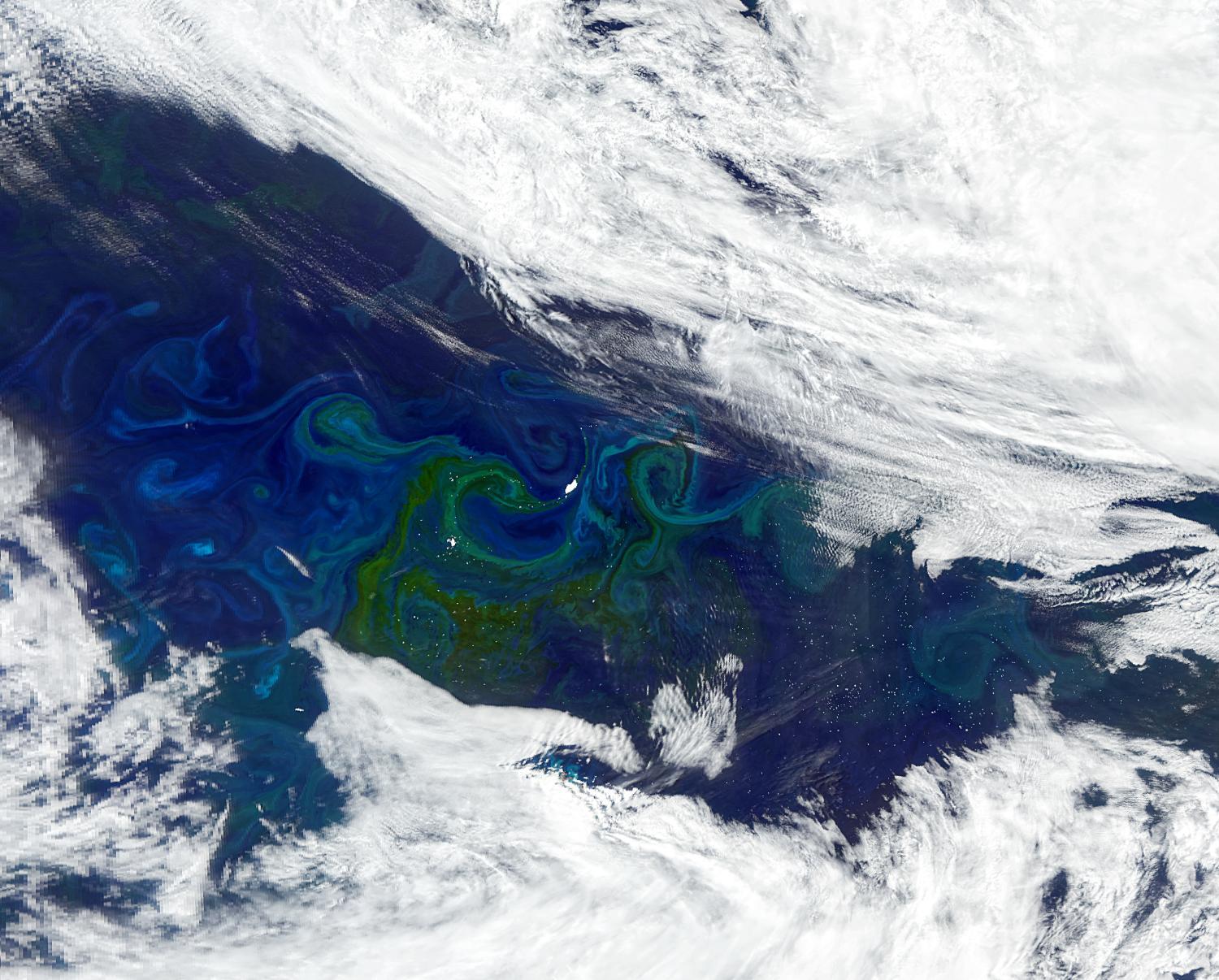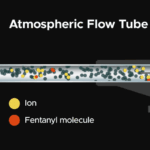2025-06-19 ジョージア工科大学
 A satellite image of blooming phytoplankton, visible as green-tinted swirls, in the South Atlantic. Credit: NASA (OCI sensor aboard PACE on January 5, 2025)
A satellite image of blooming phytoplankton, visible as green-tinted swirls, in the South Atlantic. Credit: NASA (OCI sensor aboard PACE on January 5, 2025)
<関連情報>
- https://research.gatech.edu/ocean-greening-poles-could-spell-changes-fisheries
- https://www.science.org/doi/10.1126/science.adr9715
緑はより緑に、青はより青く: 過去20年間における海洋の極域緑化 Greener green and bluer blue: Ocean poleward greening over the past two decades
Haipeng Zhao, Manfredi Manizza, M. Susan Lozier, and Nicolas Cassar
Science Published:19 Jun 2025
DOI:https://doi.org/10.1126/science.adr9715
Editor’s summary
The oceans are becoming greener toward the poles and bluer in the subtropics. Zhao et al. report measurements of ocean color made by satellites between 2003 and 2022 showing that a disparity in chlorophyll abundances is causing this trend, signaling a profound shift in the distribution of plankton biomass (see the Perspective by Kudela). This shift, which is most pronounced in the Northern Hemisphere, could cascade to higher trophic levels and cause unforeseen impacts on fisheries and national economies. —Jesse Smith
Abstract
Although the global greening associated with climate change is well documented on land, similar trends in the ocean have not been thoroughly identified. Using satellite observations of ocean chlorophyll a (Chl) concentration, we show that the surface ocean experienced a poleward greening from 2003 to 2022. Contemporaneously, the subtropical regions of the Northern Hemisphere experienced a decrease in Chl. As such, the latitudinal disparity in Chl, as documented by an inequality index, has been increasing over the past two decades, particularly in the Northern Hemisphere. Rising water temperatures may primarily influence the Chl trends. The increasing Chl inequality—marked by “greener green and bluer blue” waters—has the potential to cascade to higher trophic levels, with implications for the fisheries and economies of coastal nations.



